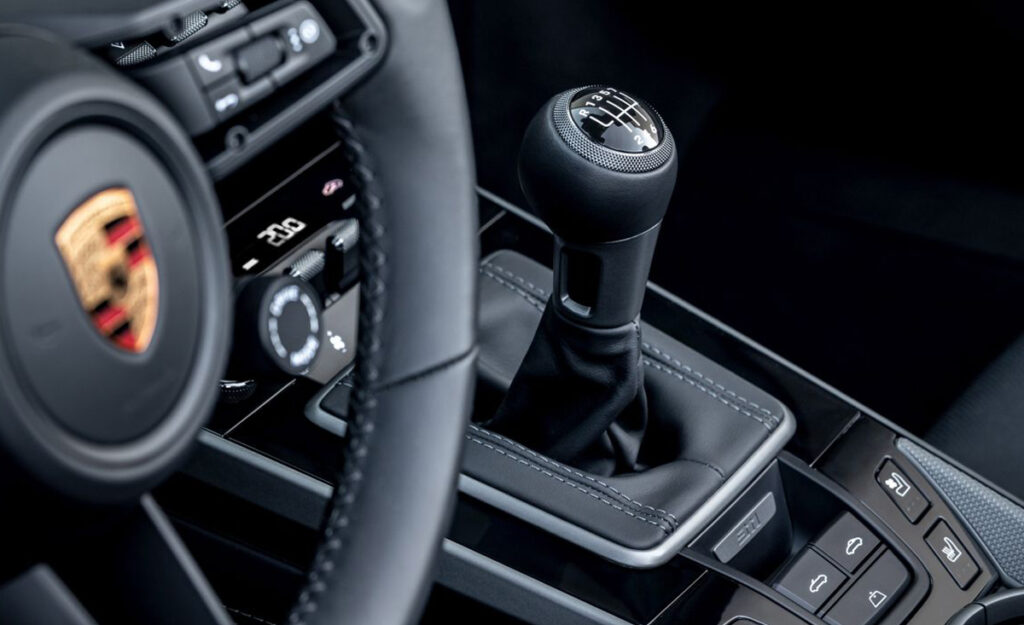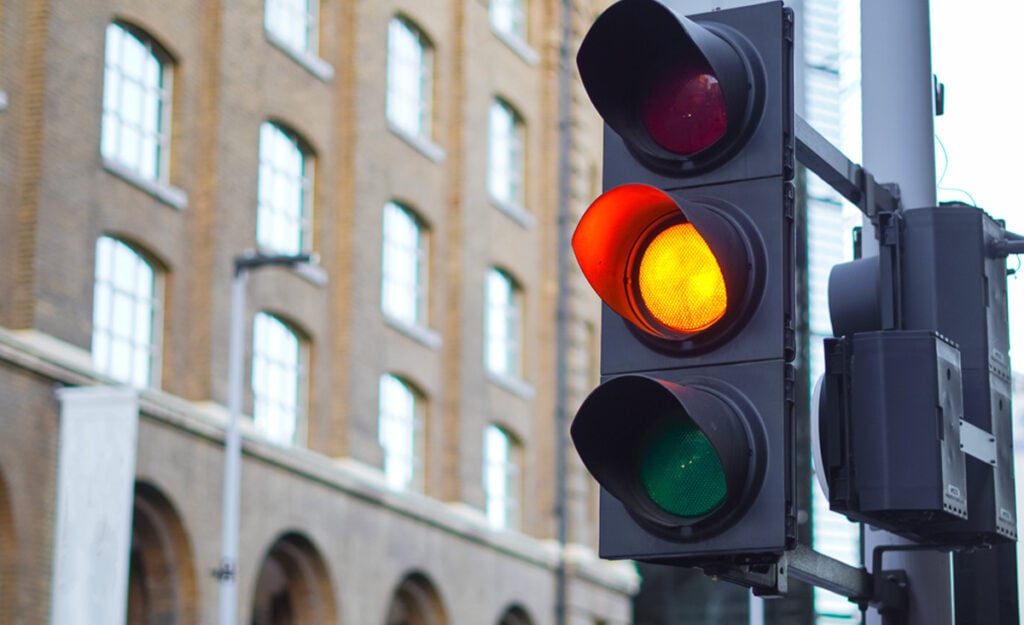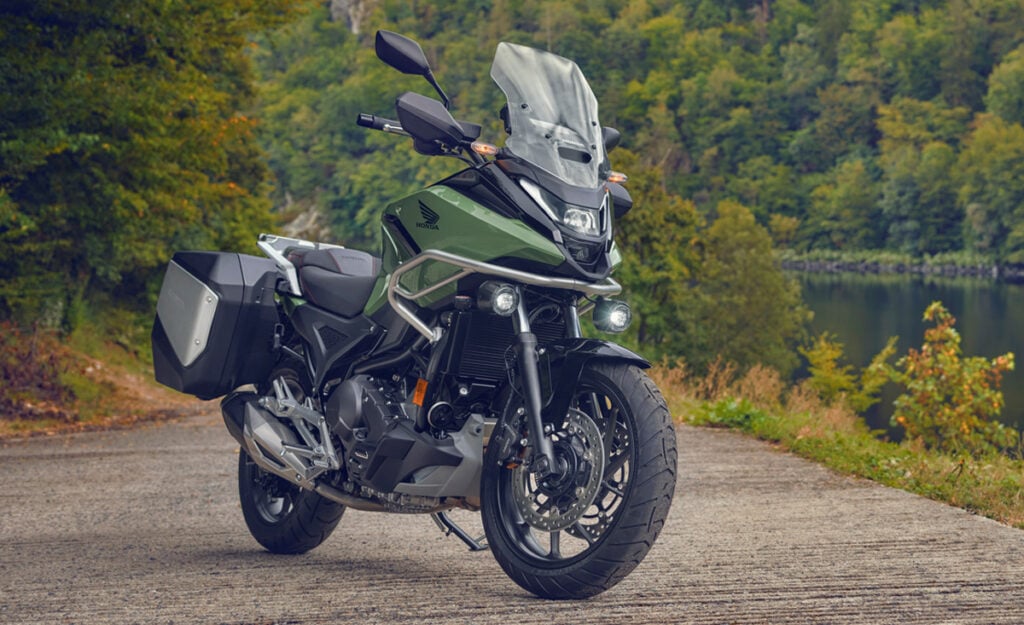
Being a good driver goes beyond simply following the rules of the road.
It also means you should avoid bad driving practices that can cause wear on your car and even pose a danger to other motorists.
According to TiAuto Investments, these are the behaviours bad drivers tend to exhibit, and what you can do to avoid them.
Riding the clutch
“Riding the clutch” refers to when you leave your foot on the clutch pedal between gear changes and is one of the fastest ways you can wear out the clutch in your car.
This is because resting your foot on the clutch can leave the pedal slightly depressed, meaning the clutch is partially engaged while you are driving.
Always take your foot off the clutch between gears, and use the handbrake for hill starts, rather than holding the clutch in, said TiAuto.
Changing down at the wrong time
It’s important to get a feel for the gears if you’re learning to drive or getting to grips with a new car, as this will help you know when the right time will be to change up or down.
Crucially, you should never force the car into a lower gear when the car is still traveling at high speed, as in the worst-case scenario this can damage the transmission and powertrain.
Oftentimes this can be an accident, with people changing into second instead of fourth gear, for example.
However, the good news is that you should feel resistance from the gearstick when trying to push it into an incorrect gear.
Ideally, don’t try to change down when the engine revs are above 3,000rpm. Instead, lower your speed and try to match the revs of the gear you are selecting.
Downhill braking
When driving downhill, avoid applying brakes too hard and for too long, as this will increase the wear on the brake pads and discs, meaning you will have to replace them more often.
Slamming on the brakes can also be dangerous to you and other road users who may not be expecting the car in front of them to suddenly decrease their speed, said TiAuto.
Instead, try to engage a lower gear and lightly apply the brake, taking your foot off the pedal and reapplying the brakes in intervals to give the brakes a chance to cool.
Doing this will provide much better control over your speed as you descend.
Acceleration
Accelerating too hard, especially in lower gears, pushes up your car’s revs, adding unnecessary strain on the motor and also leading to an increase in fuel consumption.
As a rule of thumb, drivers should aim to keep their engine revs within the 2,000rpm bracket for normal driving, said TiAuto.
Several modern cars have a gearshift indicator telling you when to shift up or down, but for those who don’t have this feature, consider changing gears once your revs start to climb into the 3,000rpm bracket.
The exceptions are when driving uphill or overtaking, as hard acceleration may be needed for this.
Hitting potholes and speed bumps
This one should be familiar to practically any motorist that has been on a South African road, but it’s worth reiterating what happens when you hit a pothole or go over a speedbump at too high a speed.
A bad pothole or speedbump can leave dents in the tyre, crack the rim, damage your car’s undercarriage, and throw off the wheel balance of the car, leading to skewed steering.
TiAuto recommends that you avoid these road imperfections to the best of your ability.
Neglecting warning lights
Some warning lights are less severe than others, and a “low washer fluid” light can easily be postponed until your next garage stop.
However, other warnings such as “power steering failure, braking system failure, and airbag malfunction” pose a serious danger to the driver and any occupants and should be addressed immediately.
TiAuto advises taking the time to learn what the different warning lights in your car mean, and if one pops up, pull over and determine what your next course of action should be.
Revving the engine when cold
As we head into winter in South Africa, it’s important to remember that engines take time to warm up and achieve their optimal output.
When the oil in the car is still cold, it isn’t lubricating the components properly, so if you push a car right after turning on the engine on a cold morning you may be causing otherwise avoidable wear-and-tear.
TiAuto recommends giving your car time to warm up by taking it easy for the first few steps of your journey.
Loading your vehicle
Try to avoid leaving unnecessary items in your car for extended periods, as the added weight will contribute to a worsened fuel economy over time, said TiAuto.
Also be careful of overloading, as an overburdened vehicle will have an increased braking distance, and the additional strain could wear out the engine, suspension, and brakes faster than normal.













